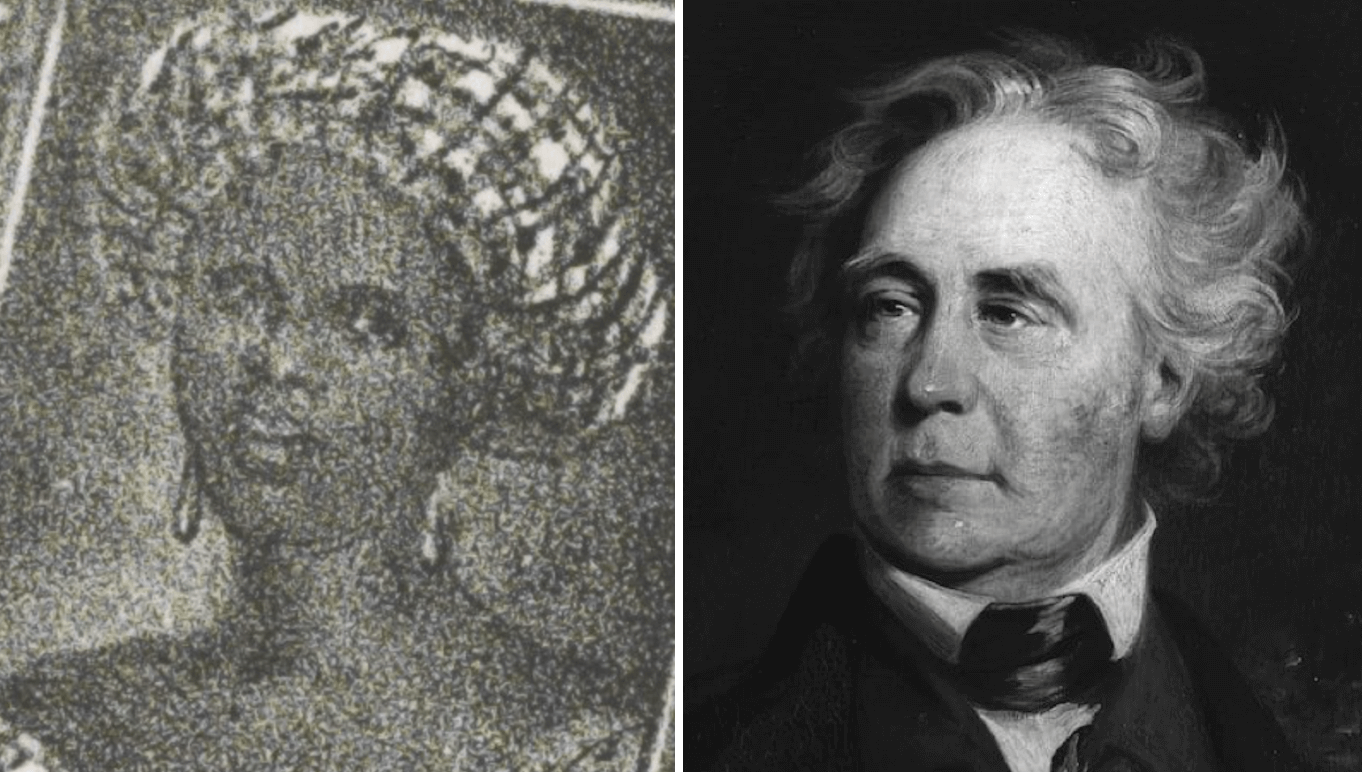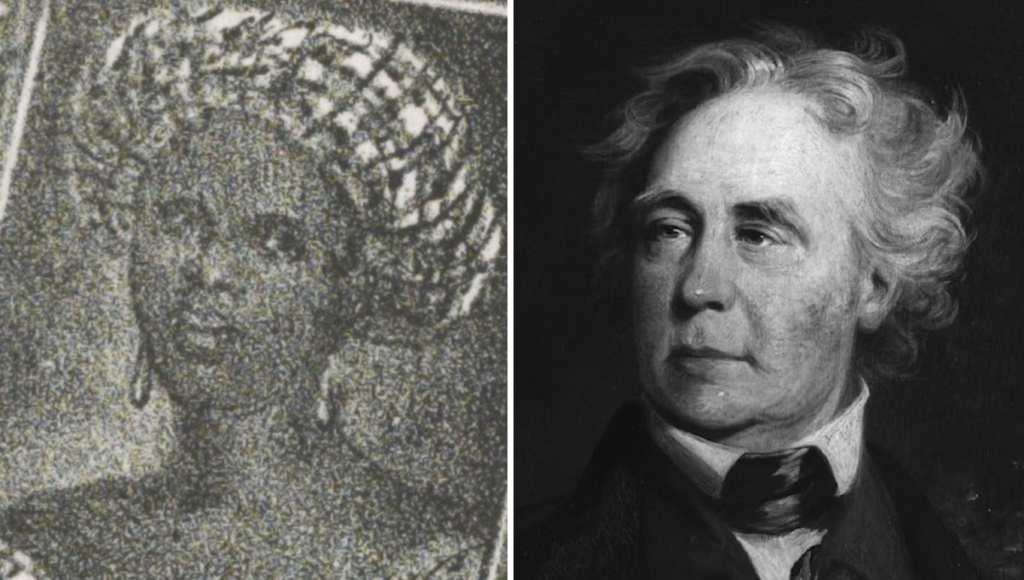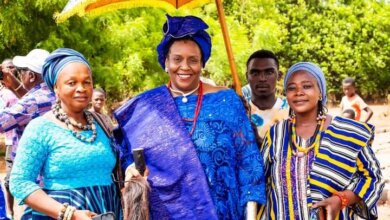Gobo Fango and Julia Chinn–Africans in the US with erased history till now

The Gobo Fango story – Gobo Fango died in Idaho on this day in 1886. Born in what is now South Africa around 1855, he was a member of a Xhosa tribe embroiled in war against British and Boer settlers… As a result of those wars and a concurrent famine, his young mother was forced to flee with three-year-old Gobo and a baby daughter.
Unable to travel with both children, she put Gobo in the crotch of a tree, out of reach of wild animals, on the farm of Henry and Ruth Talbot. The sons of Ruth and Henry took him home with them, where the family kept him as an indentured servant. (Did I mention he was three?)
Two years later, the Talbot’s were baptized by LDS missionaries. In 1861, they set sail from South Africa to join saints in Utah, arriving on Sept. 13, 1861. Gobo worked for the Talbot’s as a laborer and sheepherder and was relegated to a shed out back. One winter, it was so cold that his feet froze while herding barefoot and he lost part of one heel. When Fango was a teenager, the Talbots sold him to Lewis Whitesides, even though he had been “officially” freed at age 7 when the U.S. Congress abolished slavery and indentured servitude.
Sometime after 1865, he was sold again to Ruth Whitesides Hunter, a daughter to Lewis, and her husband, Edward Hunter, who was the Presiding Bishop of the Church of Jesus Christ of Latter-day Saints.
In time, he became fully emancipated and had his own herd of sheep. Early in the winter of 1886, he had his sheep in the Goose Creek Valley of Idaho when cattle rancher Frank Bedke rode up and told him to leave the area immediately. When Gobo asked Bedke for proof of ownership for the land where the sheep were grazing, Frank shot him. The mortally wounded Gobo crawled to the Walter Matthews home, dying about four days later. Bedke was acquitted, claiming self-defense.
In spite of Mormon folklore to the contrary, Gobo was not “lovingly adopted” into the Talbot family, nor is there any record that he was ever baptized into the LDS church while living. A posthumous baptism was performed in 1930. He is buried in Oakley, Idaho under a simple marker that reads only “Gobo Fango, died February 10, 1886, 30 years old.” (Utah Historical Society, Black Past, Find A Grave, Century of Black Mormons)

“She’s literally been erased” – Julia Chinn was born a slave and remained that way her entire life, even after she became the common-law wife of Richard Mentor Johnson, who later became the nation’s 9th vice-president. Unable to legally marry because he was White and she was Black, they held their own ceremony organized by the slaves at his family plantation. (Which begs the question – could she even consent?)
Julia was a mother, a partner, a wife, she ran a plantation and a school – and yet her story has largely been lost. Historians are working to change that. “We don’t even know where she’s buried. We’ve literally lost the vice-president’s wife. But because she was enslaved, no one cared.”
Richard Johnson had two children, both girls, with Julia. He acknowledged them as his children, gave them his last name and their freedom. He never did grant Julia her freedom. In one of her many roles, Julia was a gifted healer. In 1833, she nursed a number of people through a cholera epidemic, before she herself succumbed to the disease. Three years later, Martin Van Buren runs for president and chooses Richard Johnson as his running mate.
His relationship with Julia and his biracial daughters become campaign fodder. Still, Van Buren won but Johnson was one electoral vote shy of being elected as Virginia’s electors refused to vote for him. He became the only vice president ever chosen by Congress. After his death in 1850, his brother claimed the estate, taking it from his daughter, Imogene, who was married to a White man named Daniel Pence.
Amrita Chakrabarti Myers, a history professor at Indiana University, writes that “at some point in the early twentieth century, perhaps because of heightened fears of racism during the Jim Crow era, members of Imogene Johnson Pence’s line, already living as white people, chose to stop telling their children that they were descended from Richard Mentor Johnson … and his black wife. It wasn’t until the late 20th century that younger Pences, by then already in their 40s, 50s, and 60s, began discovering the truth of their heritage.”
Written by Holly Richardson
Oral Ofori is Founder and Publisher at www.TheAfricanDream.net, a digital storyteller and producer, and also an information and research consultant.





